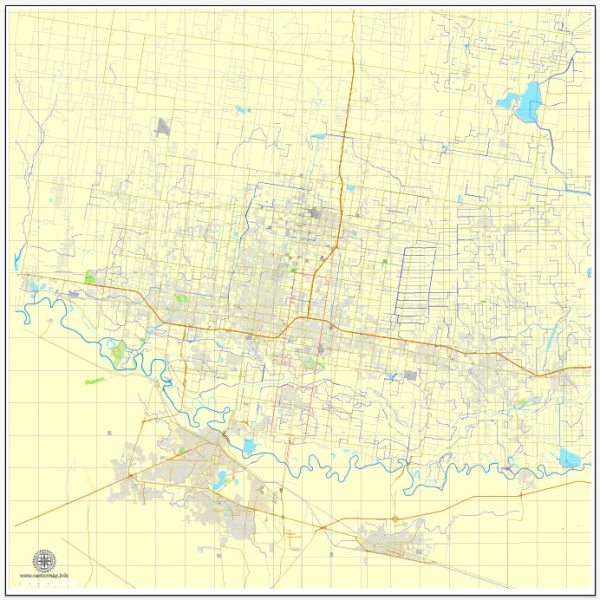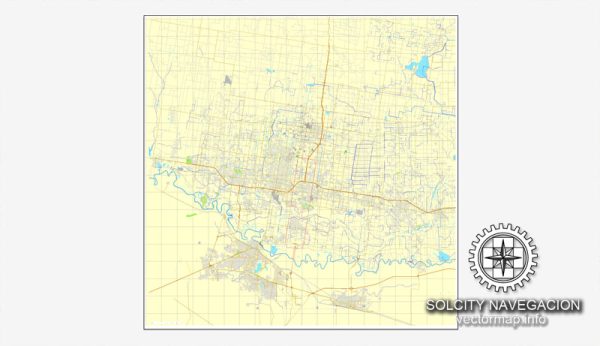McAllen, Texas, located in the southern part of the state near the U.S.-Mexico border, features a diverse architectural landscape that reflects its unique location and the cultural influences of the region. Here’s a brief description of the architectural features and styles commonly found in McAllen:
- Spanish and Mexican Influences: Given its proximity to Mexico, you’ll find Spanish and Mexican architectural elements throughout McAllen. These may include stucco facades, red-tiled roofs, wrought-iron details, and vibrant colors, all of which are reminiscent of colonial and Mexican architectural styles.
- Ranch and Southwestern Styles: Many homes and buildings in McAllen embrace the Southwestern architectural style. This style often features low, one-story buildings with adobe or stucco exteriors, flat roofs, and elements like exposed wooden beams and southwestern color palettes.
- Modern and Contemporary Architecture: Like many cities, McAllen also has a mix of modern and contemporary architecture. You’ll find sleek, minimalist designs and innovative structures that reflect the city’s growth and modernization.
- Tropical and Subtropical Design: The climate in McAllen is subtropical, which has led to the adoption of architecture that is well-suited to this environment. You’ll often see homes with features like covered patios, courtyards, and lush gardens. The use of materials like natural stone and wood is also prevalent.
- Civic and Public Buildings: McAllen is home to various civic and public buildings, some of which feature grand, imposing facades. These structures often use classical architectural elements such as columns, pilasters, and ornate detailing, reflecting a sense of authority and importance.
- Retail and Commercial Architecture: In the city’s retail and commercial districts, you’ll find a mix of architectural styles, from modern shopping centers and plazas to more traditional storefronts with colorful facades and signage.
- Adaptive Reuse: Like many cities, McAllen has seen a trend in adaptive reuse of historic buildings. This involves repurposing older structures, such as warehouses or factories, into new uses like lofts, offices, or retail spaces while preserving their original architectural character.
McAllen’s architectural diversity is a testament to its rich history and unique location on the border of the United States and Mexico. The blend of cultural influences and the adaptation to the subtropical climate have created a distinctive architectural landscape in this Texan city.



 Author: Kirill Shrayber, Ph.D.
Author: Kirill Shrayber, Ph.D.